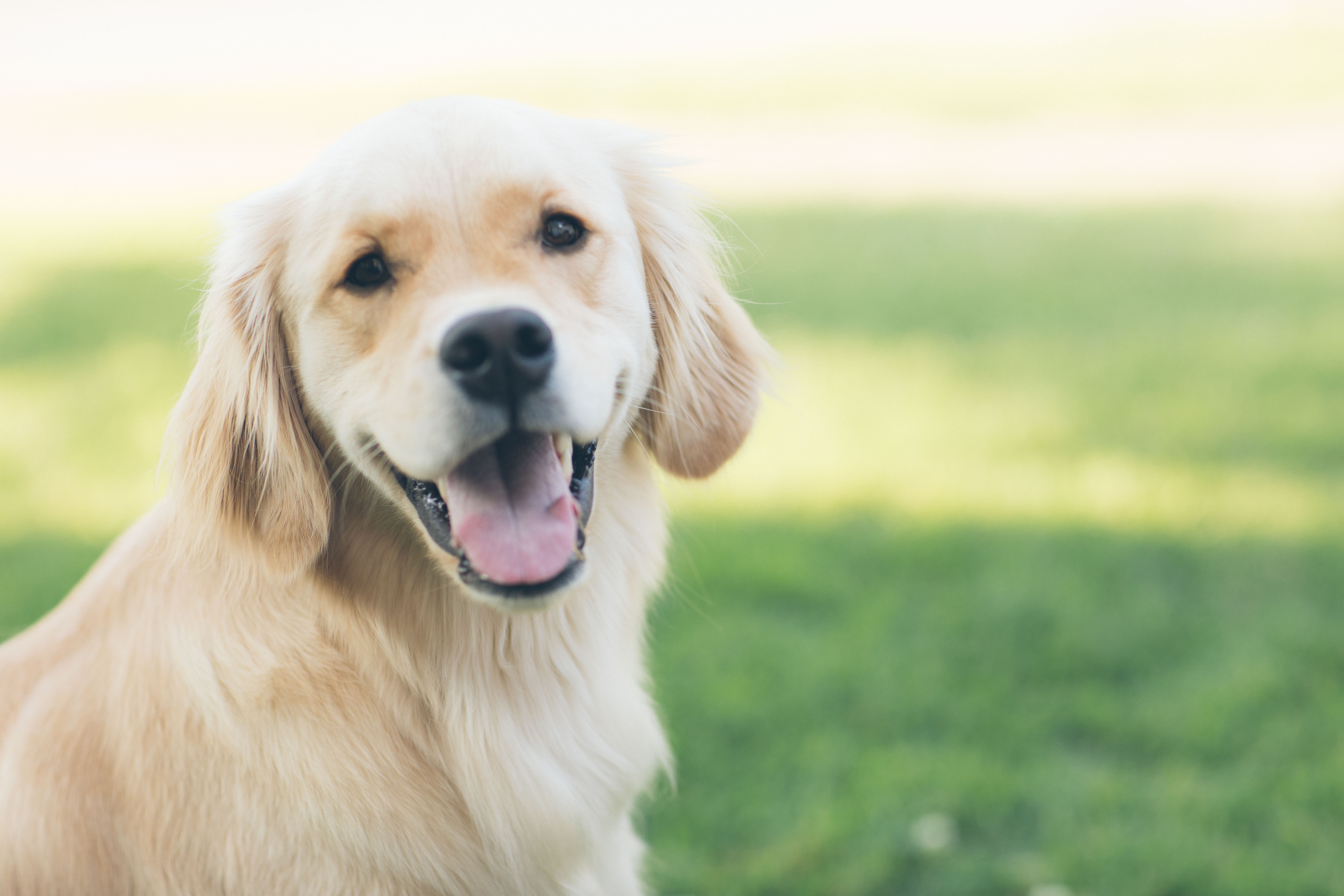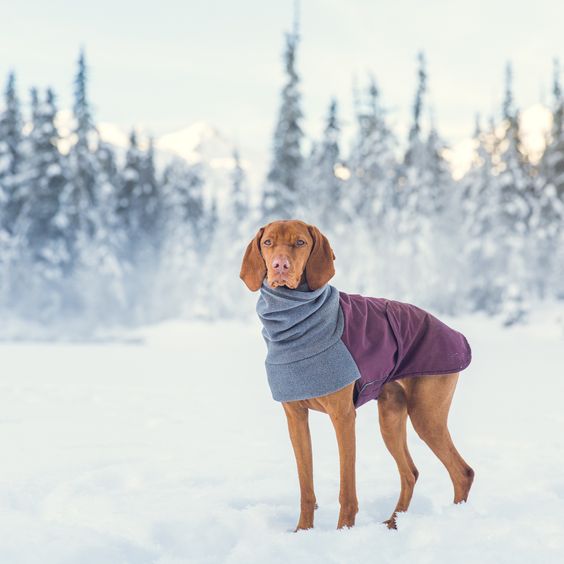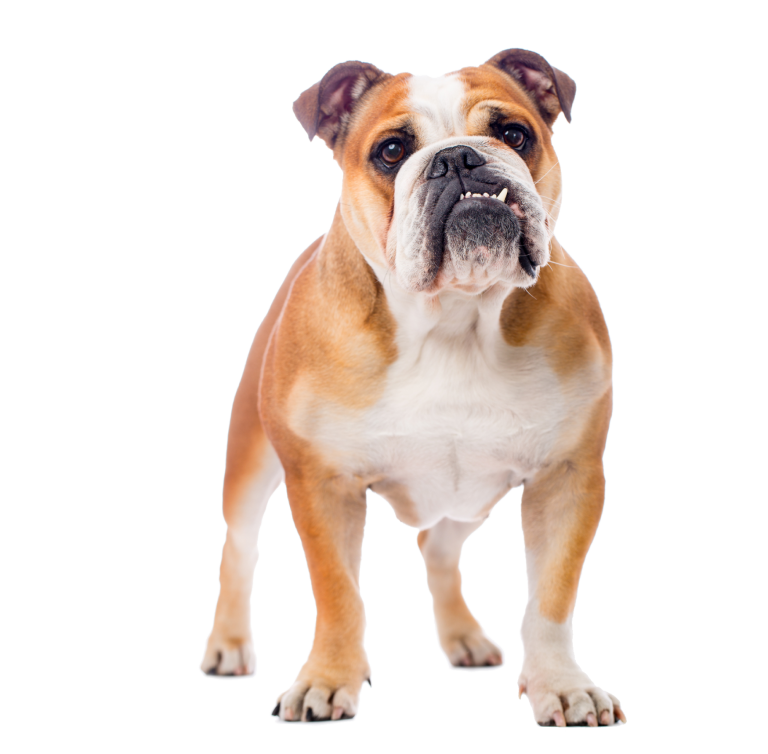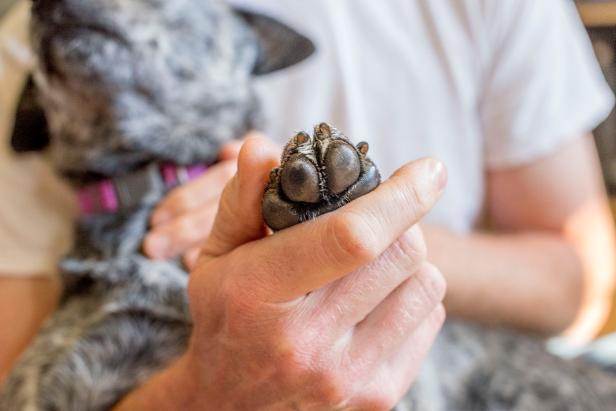Recognizing and dealing with your dog’s separation anxiety is very important. It’s a heart-breaking condition to watch your dog go through and makes leaving the house a guilty ritual.
Signs your dog could be experiencing separation anxiety are barking, whining, howling, trying to escape when you leave, destructive behavior like chewing and digging, and in serious cases, refusing to eat, excessive panting or even hyperactivity or aggression. Separation anxiety in dogs is like any other anxiety issue, it’s a fear-based behavior. Unfortunately, our dogs can’t tell us exactly why they’re anxious, and will continue to panic until the issue is addressed.
First, you have to assess the severity of your dog’s separation anxiety. Does your dog exhibit signs of extreme panic when you’re gone such as trying to escape or howling for hours? If so, your dog has a severe case, which we recommend getting help from a professional behaviorist or trainer. Does your dog try to sneak through the door as you’re leaving or whine for a few minutes after you leave before setting down? That’s moderate separation anxiety and makes it more manageable to work with your pet.
Separation anxiety isn’t something that will get better on its own over time. It’s a behavior that needs to be nurtured and worked on. Here are a few tips to help manage and work on your dog’s separation anxiety.
Keep your Dog Calm as You Are Getting Ready: Our dogs are very smart and know our routines. The morning is filled with rituals that our dogs have associated to us leaving the house, which causes them stress. A way to help shift your dog’s energy and feeling is to find ways to enforce a positive feeling as you get ready. It will be a process and may take time before it is effective depending on the severity of your dog’s anxiety. An example of this is to give your dog a treat throughout your routine, when you get out of the shower, when your brushing your teeth, as you get dressed and so on. You can also give them a special toy that they only get when you are getting ready to leave the house.
It may seem weird to reward your dog for something as simple as watching you brush your teeth, but it’s part of the process. Giving your dog something positive to focus on while you’re doing something that would normally cause them anxiety will slowly start to change your dog’s attitude. Rather than thinking “oh no she’s brushing her teeth, that mean’s she’s getting ready to go” your dog will start to think of brushing your teeth as the time when they get that yummy treat. It shifts their focus away from the negative associations they’ve built up over time and gives them something more positive to focus on.
Try Leaving for Short Periods of Time: By leaving at various times throughout the day your dog will see that you don’t just leave for 8+ hours when you have to go to work. When you make short trips out of the house your dog will start to see that you leaving isn’t such a big deal because you are indeed coming back. To practice with your dog start by leaving for just a few minutes at a time. My favorite method for this exercise is to give my dog something else to focus on as I’m leaving, we recommend a nice yummy treat or stuffed Kong. The goal is to avoid causing fear and anxiety in your dog as you walk towards the door and leave. Giving your dog something to do when you’re leaving the house helps tremendously, it takes the attention off you and gives them a brain stimulating game they enjoy.
Teach Your Dog Independent Behavior: Sometimes as pet owners we support clingy-behavior without knowing, we love the thought that our dogs want to and enjoy spending every second with us, but it’s important to teach your dog independent behavior as well. Showing them, they can be on their own will help to build their confidence, which will result in your dog feeling more comfortable with you leaving the house. Ways to help your dog learn independence is having them play with you at a distance, a simple example of this is fetch or hide in seek. This allows your dog to feel joy while being at a distance from you.
We also highly recommending making your dog’s crate, or Pet Gazebo and very special place for them. By making them a space that’s exciting to be in they will begin to explore it and willing want to hang out in their “safe place”. Rewarding your dog when they voluntarily go in their crate, and keep it fun and positive by giving them some special toys or treats when they use it.
Recap: With these tools you can began to address and work on your dog’s anxiety. As we said before separation anxiety in dogs varies in severity and may need to be addressed with a professional in some cases. We also want to mention not all behaviors from your dog can be a sign of separation anxiety, for example if you come home and your dog has chewed up your shoes this could be a sign of simple boredom, so make sure to always give them plenty to do when left along for long periods of time.
Thank you so much for the helpful information, https://www.puppyleaks.com/separation-anxiety/



